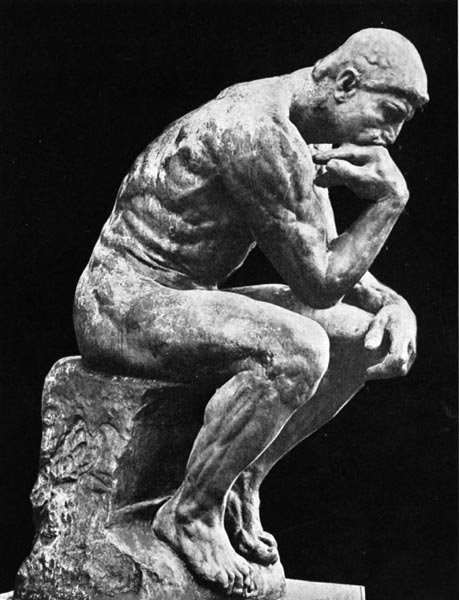Characteristics of mental processes: thinking, memory, attention and imagination. Thinking and Intelligence. /part 7/
Attributes of Attention - Attention is no content specific but its deployment can be described with a number of properties - structural and dynamic, such as the following: focus and periphery; volume; concentration; overlaps; distribution; sustainability; influencing an instruction. The evolved properties can be depicted as working features that describe the action of an individual's attention. For all of them, measurement tests have been created. If playback is a basic feature of memory, transformation is a fundamental feature of imagination. The essence of the imagination: the process of creating new images of objects, phenomena of phenomena, situations in the consciousness of the person by the free combination of the existing ideas about the objects and phenomena of reality.
Images created through imagination represent an overwhelming representation of the world, objects and phenomena. But the word "imagination" itself speaks of the fact that the images are something else but a more or less realistic prediction of the future. Imagination is inextricably linked to the ability of people to change the world, to actively transform reality and create something new. The imaginative process is based on the personal notions of the world and the perceived reality. Imagination orientates the personality into reality, creating a certain model of it, determining the process of its realization. The main difference between perception and image memory is related to their attitude towards reality. In turn, the imagination, which always implies some independence from the one immediately given, is not clearly distinguished from what is being reproduced by memory, by perception, until this independence is to some extent unconscious. Imagination, in the proper sense of the word, exists only when the emergence of new images ceases to be a non-arbitrary change of imagery-images. Imagination is also closely related to thinking.
Like thinking, it allows to foresee the future. Just as thinking, the imagination arises in the presence of a problematic situation. Depending on the different circumstances that characterize the problem situation, the same task can be solved, both with the help of thinking and with the help of the imagination. Or there is reason to conclude that the imagination works at this stage of knowledge in which the uncertainty of the situation is too great. The destructive use of imagination complicates the person's emotional problems. The constant search for salvation in the world of unrealism by attributing unreal status is tantamount to self-deception and the creation of worlds in the sphere of hallucinations. Images created through imagination can also cause some somatic changes. Imagination in the true sense of the word can only have the personality. Only personality as a subject of public practice, truly transforming the world, develops imagination. In the course of this development, it is at first a consequence, and then a prerequisite for action.
The summary, as a mental operation, is the separation of only some common signs in abstraction from others. And the transformation of the material into imagination is subject to other laws expressing its peculiarity, namely: - the dependence of the imagination on the past experience; for the common emotional sign; about the emotional reality of the imagination; for the development of imagination.

Nice
Good job!
Defended (5.78%)
Summoned by @godflesh
Sneaky Ninja supports @youarehope and @tarc with a percentage of all bids.
Everything You Need To Know About Sneaky Ninja
woosh